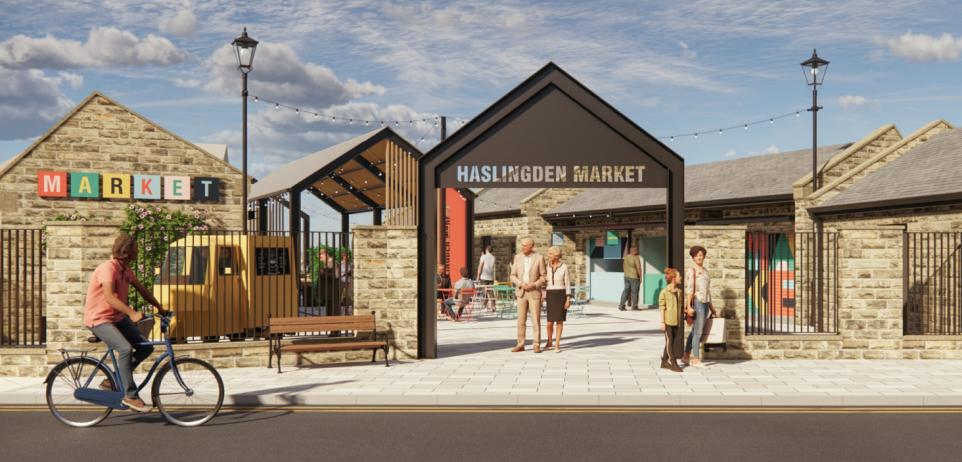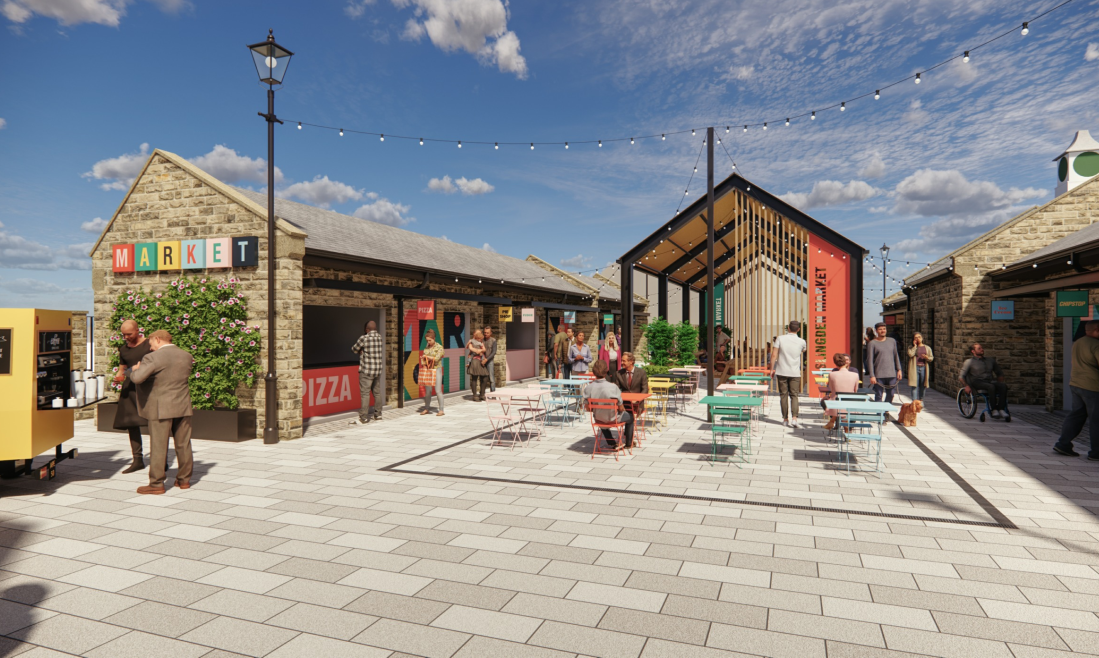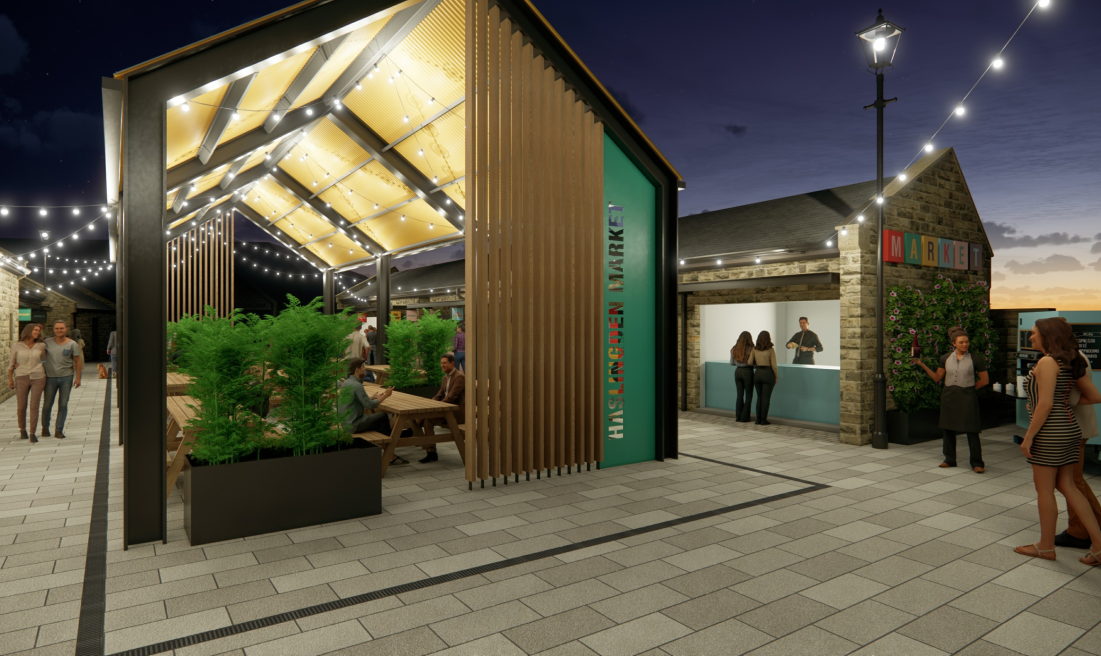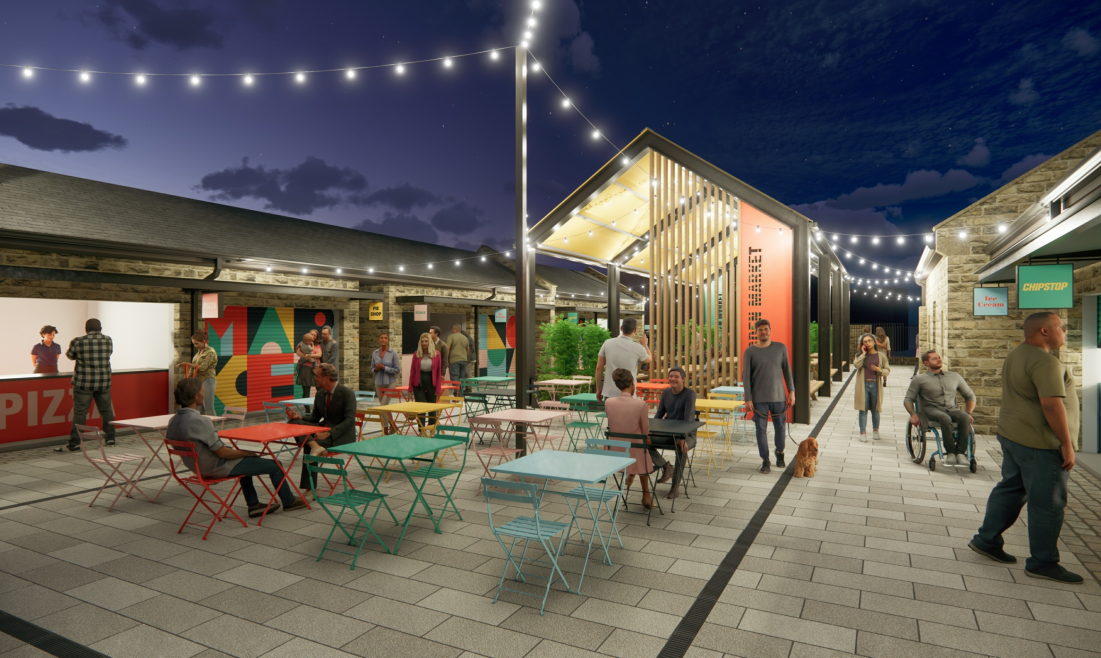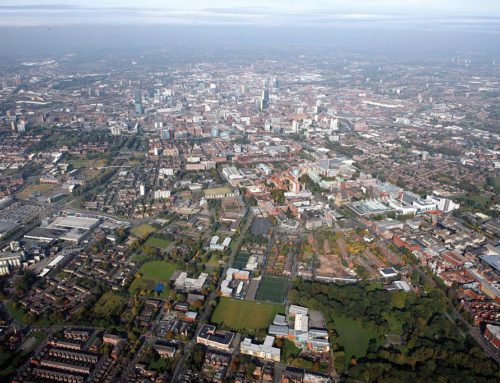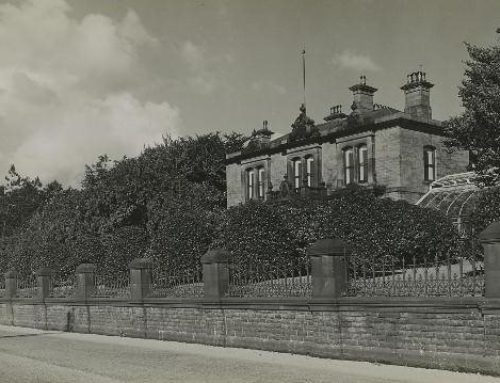In this article, we will talk about the fantastic regeneration program that Haslingden, a small market town in Lancashire, is hoping to achieve.
Rossendale Borough Council, the local authority in charge of the area, announced they had been granted a £500,000 investment from the UK Shared Prosperity Fund.
The Shared Prosperity fund is a central pillar of the UK government’s ambitious Levelling Up plan and a significant element of its support for places across the UK. Providing £2.6 billion of new funding by March 2025, with all areas of the UK receiving a grant from the Fund via a funding formula rather than a competition.
What does this mean for Haslingden?
A big boost to Haslingden is to have the marketplace revamped; it will give the town a better and safer area for commerce and socialising.
The market is not a modern instalment of the town but has been a critical centre for its residents. Haslingden’s official marketplace has been an essential centre point of the town since it was established in 1676.

However, in the 16th century, it appears that the town was holding markets, which were referred to in a court roll in 1555. Later, the Shuttleworth Accounts (1582-1621) reference markets and fairs in the town.
The Haslingdenites were not for holding off selling their produce to their neighbours; it is evident in these accounts. With the need for a marketplace, it wasn’t long before the custodians decided to dedicate an area to the markets.
It was the official opening of the market area that Haslingden was recognised as a market town.
Later, a coaching station was built, and a Mill town developed during the Industrial Revolution, steering Haslingden in the direction that we now know as the town.
What is to be Rejuvenated?
The plans for the market include –
- Removing the tabletop stalls and creating a sheltered seating area;
- Levelling and resurfacing the floor to make it safe and accessible;
- Renovating and reopening the public toilets;
- Doing work to the trader communal area to make the space fit for purpose;
- And make the market space lighter, brighter, and safer.

Councillors welcomed the proposals at a meeting in September 2023; they aim to start the works in spring 2024 and complete the market by the end of May 2024.
A design and access statement submitted by Wilson Mason said: “The existing market provides an external shopping experience for customers…The regeneration of the market within Haslingden creates a valuable opportunity to grow the local economy and to provide affordable premises for new businesses…”
It will be exciting to watch the upgrades in 2024 and experience the new enhancements that have been long awaited.
But Let’s not leave the article there. As usual, why not use this time to learn a little about the quaint town in the Rosendale Valley?
Haslingden

You will find the valley of the hazels, more formally known as Haslingden in Rossendale, part of the Forrest of Blackburnshire or the Blackburn Hundred.
The area was in the kingdom of Northumbria before the uniting of the four kingdoms, and it has been said the area was much fought over.
One of the most well-known battles was the Battle of Brunanburh.
Bruanhurh
The Battle of Brunanburh in 937 is sometimes cited as the point of origin for English national identity: historians such as Michael Livingston argue that “the men who fought and died on that field forged a political map of the future that remains, arguably making the Battle of Brunanburh one of the most significant battles in the long history not just of England, but of the whole of the British Isles.”
The location of the battlefield is unknown and, since at least the 17th century, has been the subject of lively debate among historians. Over forty locations have been proposed, from the southwest of England to Scotland, although most historians agree that a location in northern England is the most plausible.
Many sites have been suggested, including:
- Bromborough on the Wirral
- Barnsdale, South Yorkshire
- Burnley
- Burnswark, situated near Lockerbie in southern Scotland
- Lanchester, County Durham
- Barton-upon-Humber in North Lincolnshire

We hear of the area again when it is mentioned in the Doomsday Book, along with the other areas classed as the Hundreds. The Doomsday Book states that before the Norman conquest, the area’s principal town was Blackburn, in the south-west of the hundreds.
It covered an area similar to present-day East Lancashire.
The hundred had been owned directly by King Edward the Confessor.
After some time, the east of the hundred was established as royal hunting grounds. This section of the hundred became known as the forest of Blackburnshire, and it was divided into the four forests of Accrington, Pendle, Trawden, and Rossendale.
Haslingden was a part of a Hunting Park in the late 13th and 14th centuries; it has been rumoured that Kings came to the Forrest of Blackburnshire for the Roe Deer that called the area home.
The term forest, in ordinary modern understanding, refers to an area of wooded land; however, the original medieval sense was closer to the modern idea of conservation areas.
It was in the 19th century that the Hundred was abandoned, and the area was divided into parishes similar to what we see today in modern civil districts.
Haslingden is located 16 miles north of Manchester. It is also the home of the Hollands Pies Factory and the RIBA Panopticons Competition artwork known as the Halo.
The Halo is a centrepiece of the reclaimed landscape on Top o’Slate, an old quarry and former landfill. The structure is an 18m diameter steel lattice supported on a tripod, which is elevated 5 meters above the ground. The effects of the Halo, which illuminates at night, can be seen in the neighbouring town of Ramsbottom, over 5 miles from the town.

Acknowledgement
All information provided has been collected by a member of Hawthorn Estates Ltd, with help from –
- Rossendale – Haslingden Market
- Visit Lancashire – Haslingden
- Reference for Market activity Tupling, Dr G.H. (1927). The Economic History of Rossendale. The Chetham Society.
- Wikishire – Haslingden
- Lancashire Telegraph – Haslingden Market Article
- Blackburn one hundred
Any links that take you away from this website are the responsibility of the user.


